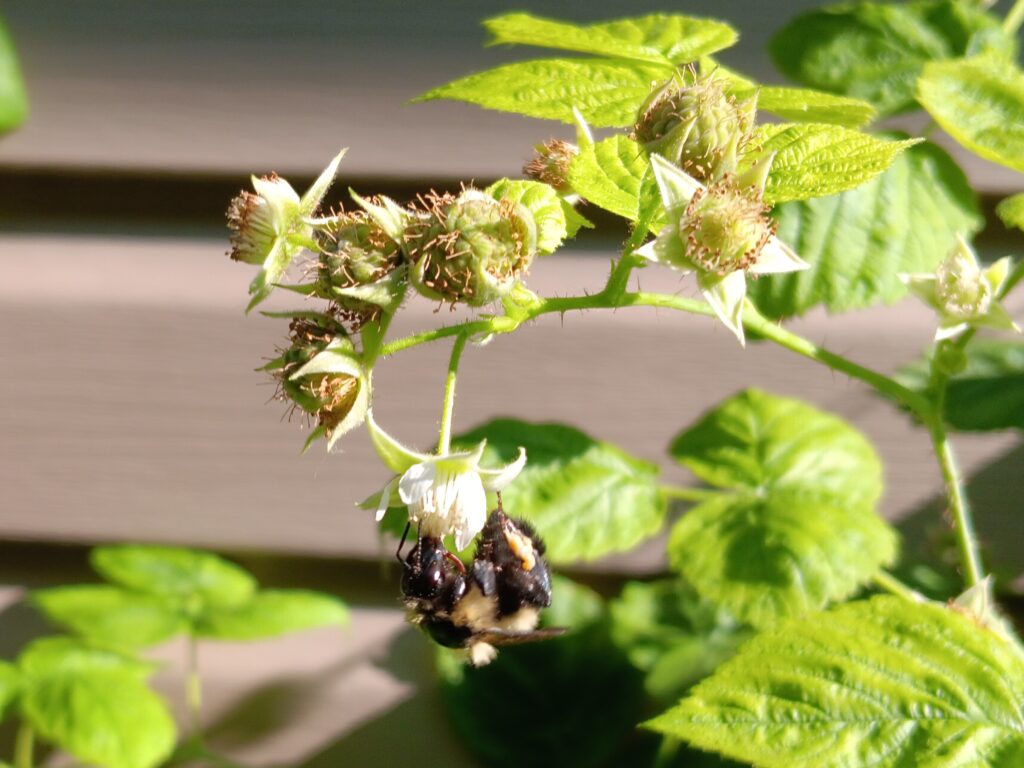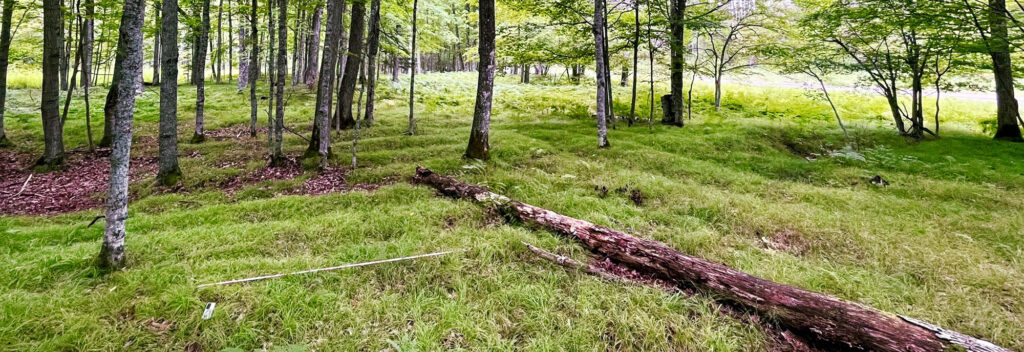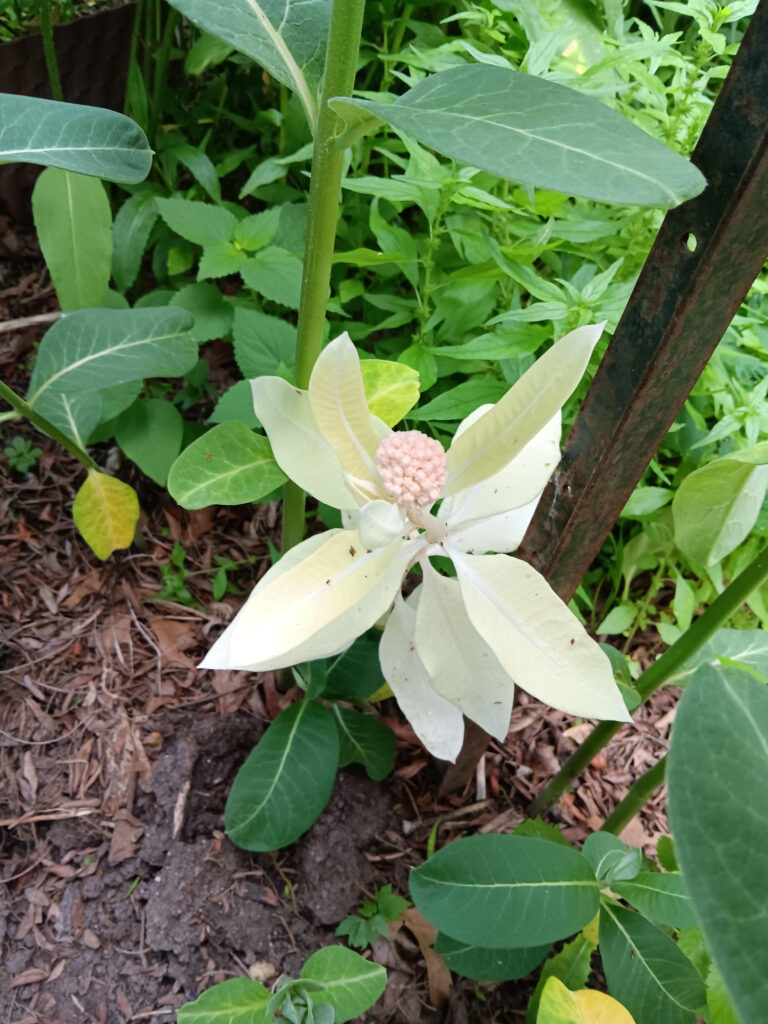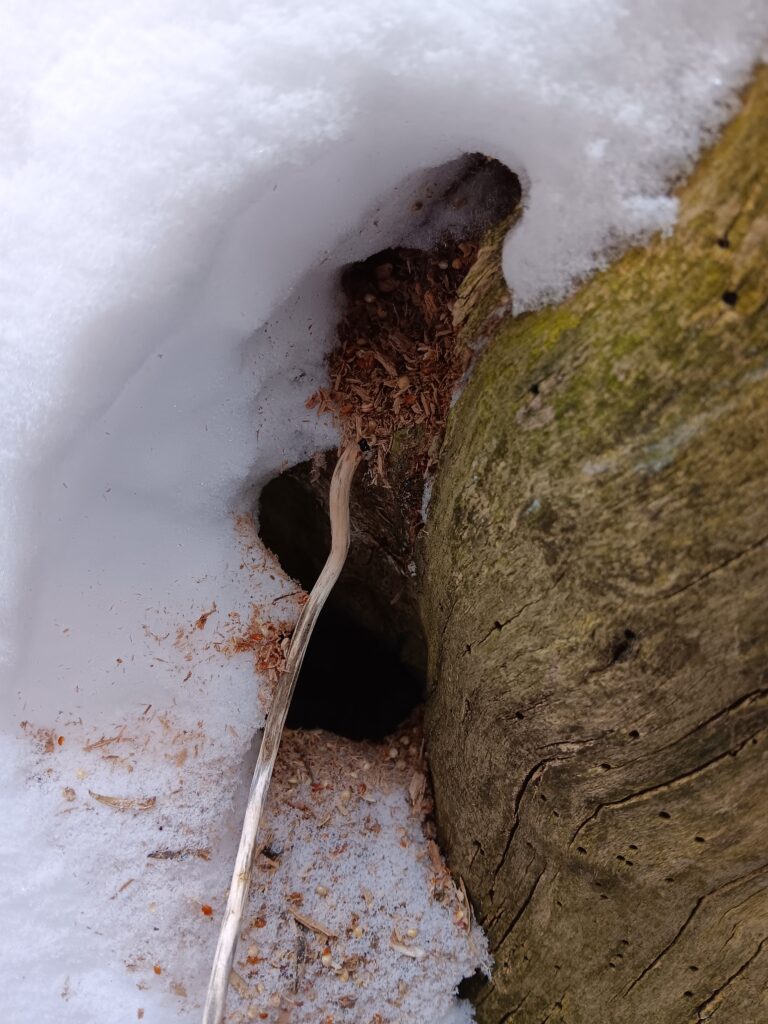In Season: Mulberries
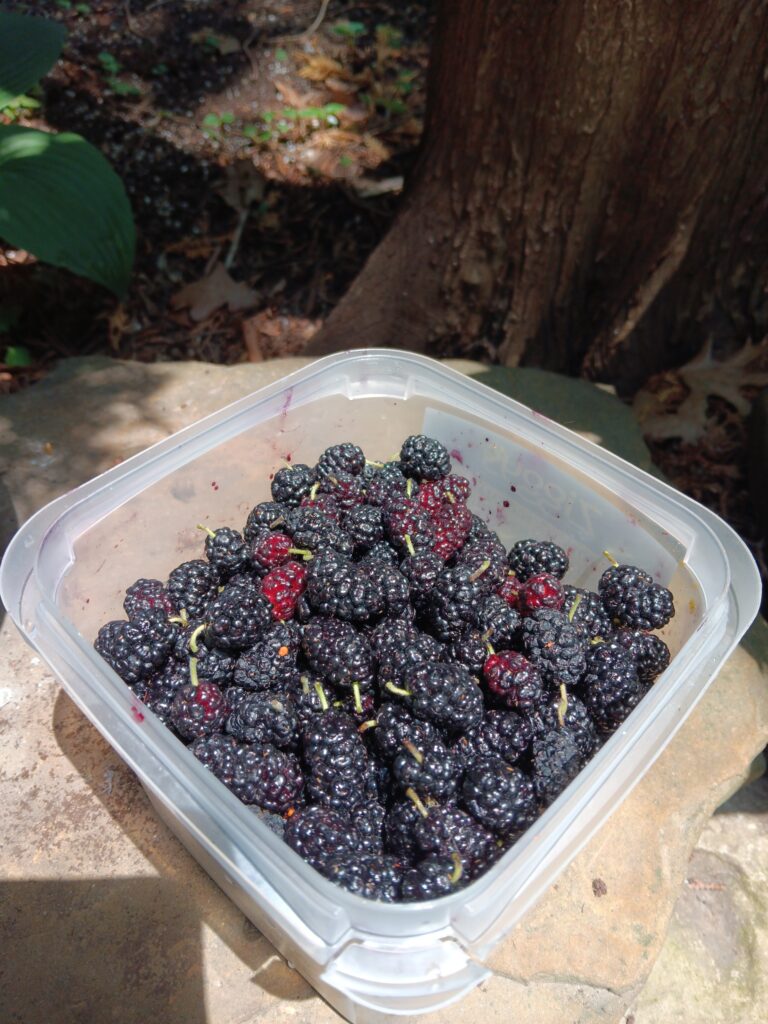 First pick of mulberries today. The street trees we usually pick from have had all their lower branches pruned in a hopeless (I dare not say “fruitless”) effort to reduce the masses of mulberry fruit squished into jam on local sidewalks, but about a kilometre away I found a street tree laden with low-hanging fruit and, with the property owner’s permission, picked about 4 cups.
First pick of mulberries today. The street trees we usually pick from have had all their lower branches pruned in a hopeless (I dare not say “fruitless”) effort to reduce the masses of mulberry fruit squished into jam on local sidewalks, but about a kilometre away I found a street tree laden with low-hanging fruit and, with the property owner’s permission, picked about 4 cups.
Mulberries have a sweet and slightly tart taste. They make excellent mulberry-lavender ice cream, very good jam, and are an unbeatable companion to dark chocolate. They also stain strongly, and would likely make excellent purple or burgundy dye or ink. Like most berries, they freeze easily for use throughout the year—a good thing, because mulberries in the Toronto region fruit briefly, a week or two before the raspberries are in full swing, from late June to mid-July. The best mulberries to pick are the fat, long ones that detach readily from the branch. Mulberry trees with eastern exposure seem to produce the sweetest, fattest berries.
Mulberry trees are somewhat controversial in native plant circles, mainly because Asian white mulberry trees (Morus alba), reportedly introduced to North America in the 1600s, have replaced or hybridized with native red mulberry (Morus rubra) and are therefore considered invasive. Native red mulberry is severely endangered in Ontario: reports from 2014 indicated that there were only 217 red mulberry trees remaining in the province, clustered mainly in southwestern Ontario.
Personally, I am on the fence about hybridized mulberries. I am always open to correction, but currently it is my non-expert impression that the proverbial ship may have sailed on the prospect of restoring a sustainable population of non-hybridized red mulberries in Ontario. I am not convinced it is possible or even desirable at this point to eliminate hybrid trees. Having said that, at least two native red mulberry trees are on my wish list for Maher Circle and, if we are able to procure some for our native pollinator garden, I will endeavour to maintain a 50 metre clearance between our natives and any non-native or hybridized mulberries.
In the meantime, however, I am happy mulberry season has begun, and hope over the next week to pick a year’s worth for the freezer, of which a quantity will go into a batch or two of delicious mulberry-lavender ice cream.
In Season: Mulberries Read More »
